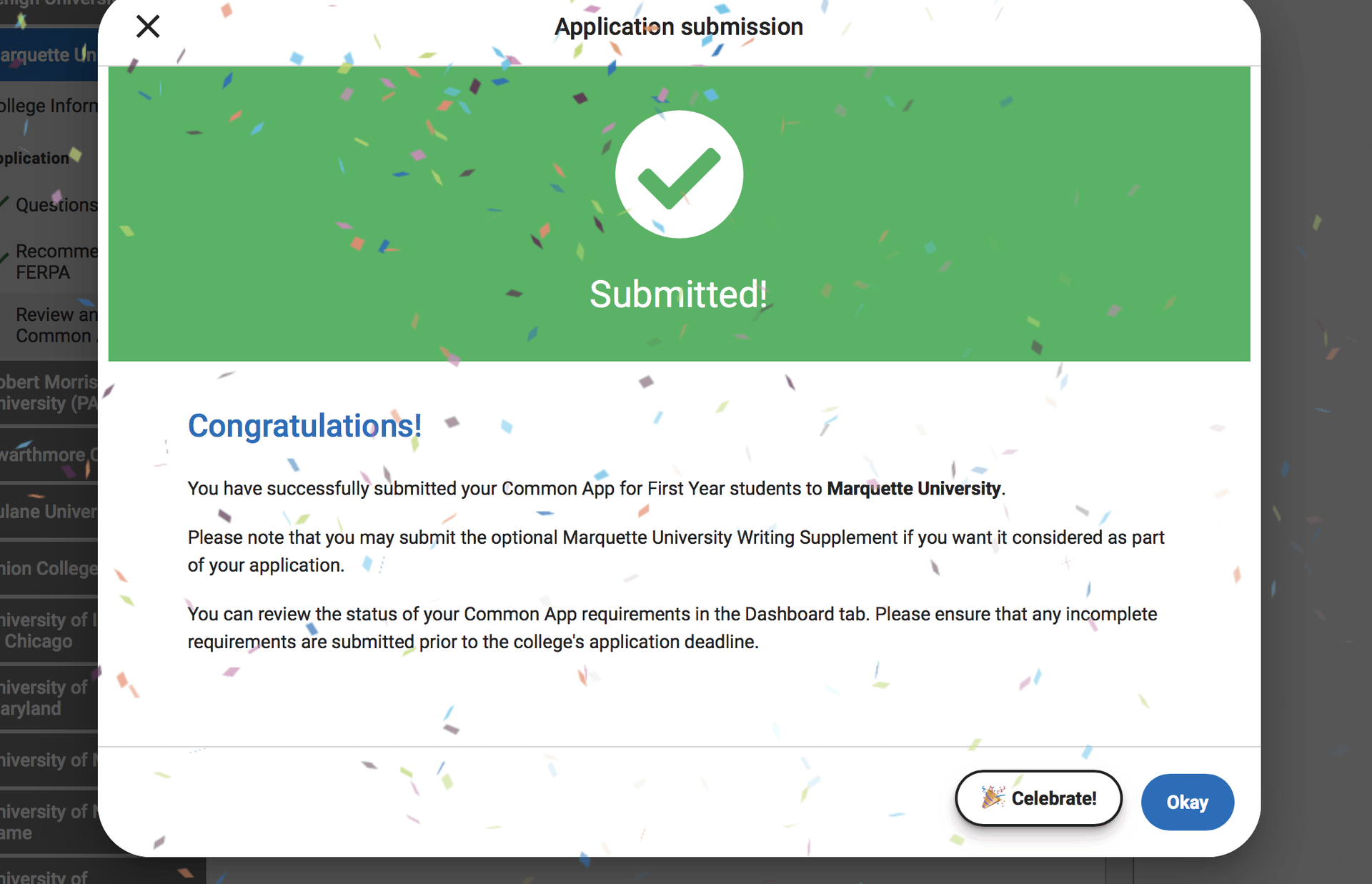Topic of the Month: Decoding College Application Plans
You’ve finalized your college list but which application plan should you use?

The options can often be confusing to both students and parents. Here’s a quick rundown of the differences and a look at the pros and cons of each plan.
Regular Decision (RD)
Under regular decision, you’ll need to apply by a certain deadline set by the individual college. The college will review your application and let you know whether you’ve been admitted by a specified date (often, but not always, April 1.) If you’re admitted under RD you won’t have to accept your offer of admission or send in a deposit until May 1. Applying RD is straightforward and simple. Because deadlines are often later under RD than for certain other plans, you’ll have more time to submit your application materials to the school. You’ll also have more time to retake the SAT or ACT in the Fall of senior year, which can be a plus for students who aren’t happy with their scores.
Rolling Admission
Some colleges use a rolling admission plan. At these colleges, you may apply at any time after a college begins accepting applications until a final closing date set by the college. In some cases, the final deadline can be as late as a few weeks before the start of the term. Rolling admission schools review applications as they come in, and let applicants know their admission decision as soon as it is made. So, one benefit of applying to a rolling admission school is that you won’t have to wait for months to know whether you’ve been accepted. If you’re admitted, you’ll have until May 1 to accept the offer. One potential downside is that at some rolling admission colleges, competition for admission can get tighter the later you apply.
Priority Application Deadline
When looking through college application instructions, you may notice that some schools mention a priority application deadline that is sooner than the regular decision deadline. Applying by the priority deadline will put your application at the front of the line for review and, depending on the school, you may also receive your decision earlier than students who apply by the regular deadline. At some schools, you must apply by the priority application deadline to be considered for merit scholarships.
Early Action (EA)
According to data from the National Association for College Admission Counseling (NACAC), about a third of colleges offer Early Action application plans. If you choose to apply under Early Action, you’ll complete your application by an earlier deadline than regular decision candidates. Colleges review all EA applications first and let students know their admission decision two to three months before regular decision applicants receive theirs. If you’re admitted, you’ll have until May 1 to decide whether to attend. Applying EA can increase your chances of admission at some – but not all – colleges.
The NACAC study found that among colleges responding, the average acceptance rate for students who applied EA was 71% compared to 65% for regular decision applicants. However, keep in mind that this can vary by college, and applying EA alone is unlikely to improve your chances if you are not already a good candidate for the school. With the exception of Restricted Early Action programs (see below), students applying EA to one school may also apply EA to other schools.
Restricted Early Action/Single Choice Early
Action Like Early Action, Restricted Early Action requires you to apply by an earlier deadline and provides an early admissions decision. If you’re admitted, you also have until May 1 to decide whether to attend. However, as its name implies, Restricted Early Action adds an important restriction to the mix. You may not apply to any other college through Early Action, Restricted Action, or Early Decision; you must restrict your “early” application to a single school. This plan is mostly used by highly competitive schools that admit a very small percentage of applicants. While the acceptance rate for the REA pool at some schools is higher than for those who apply RD, keep in mind that you will still be competing against other extremely strong applicants. Some students may benefit from more time to improve their test scores or to provide their first semester grades more than any boost obtained from applying REA. This choice is best reserved for a school that you strongly prefer over the others on your list.
Early Decision
Early Decision plans are the most restrictive of admission plans. Consequently, at most colleges that offer ED, the acceptance rate is higher. However, it is essential that you apply ED only to a college to which you/your credentials have a realistic chance of acceptance. When you apply Early Decision, you make a commitment to attend the school if you are admitted. You complete your application by an early deadline and receive your admission decision by the college’s stated date. If you’re admitted, you’ll be required to send in your enrollment deposit right away, and to also withdraw any applications you’ve submitted to other schools. By applying ED you also agree that once you’re admitted, you won’t continue to apply to other colleges. The only exception to this is if the college is unable to provide enough financial aid to cover your family’s demonstrated need (as the college determines it). Because Early Decision is a serious commitment, it should be reserved for a school that you are absolutely positive is your top choice.







